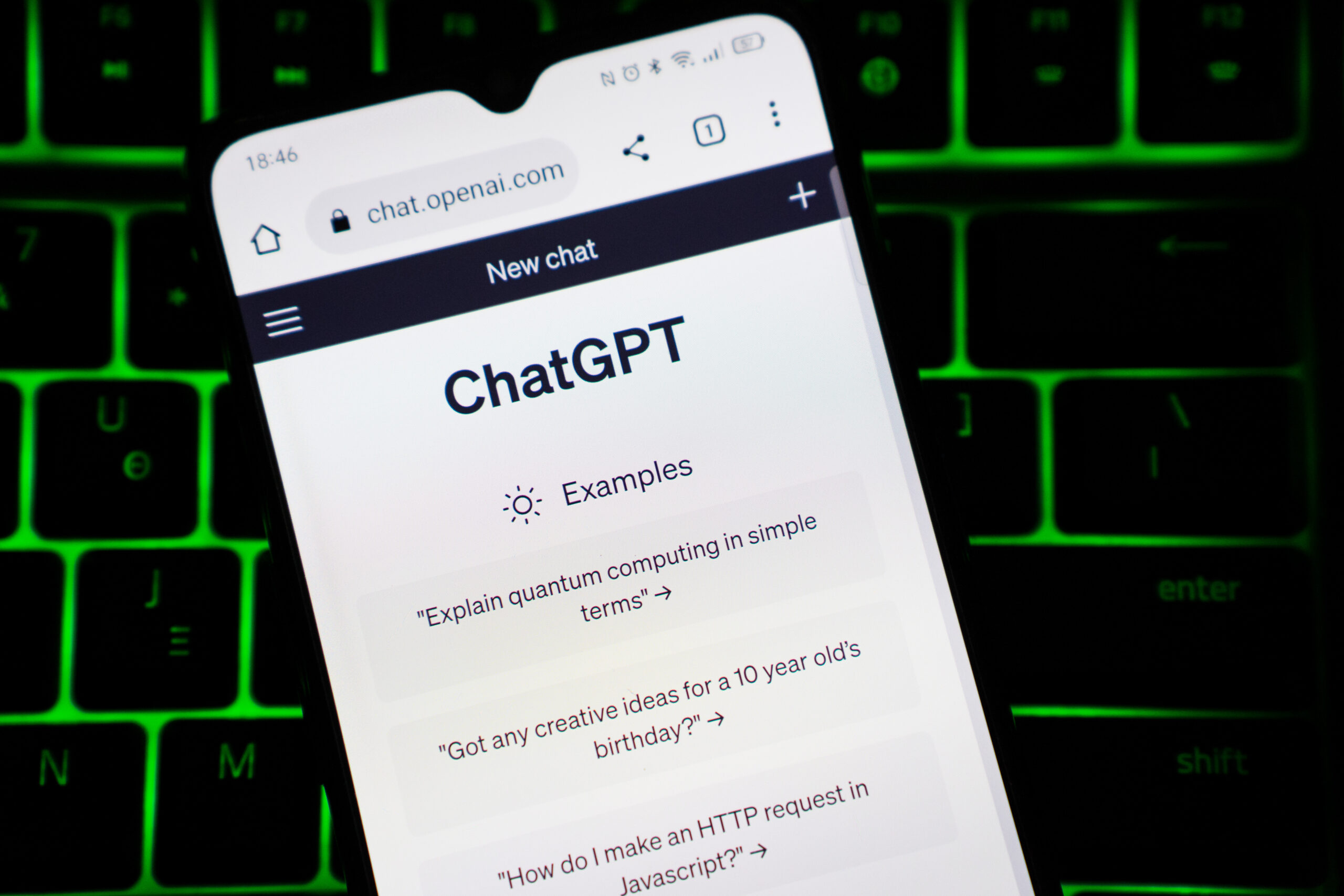Despite the potential for huge productivity gains from generative AI tools such as ChatGPT or GitHub Copilot, are CIO jobs actually going to get more and more complicated?
It is now possible to produce code on demand in a multitude of languages, from Java to Python. Already, 95% of developers surveyed in a recent Sourcegraph survey say they use Copilot, ChatGPT and other AI tools in this way.
But generating new code automatically only solves part of the problem in companies that already maintain complex code bases and require high levels of cohesion, accountability, and security.
The issue of code proliferation
So the security and quality assurance tasks associated with software jobs aren’t going away anytime soon. “For programmers and software engineers, ChatGPT and other great language models help create code in almost any language,” says Andy Thurai, analyst at Constellation Research. “However, most of the code generated is security-vulnerable and might not pass for enterprise-grade code. So while AI can help speed up coding, care should be taken to analyze the code, find vulnerabilities and fix them, which would take away some of the productivity boost that AI vendors are touting.”
Then there is code proliferation.
The arrival of cloud computing, which seemed to simplify the acquisition of applications when it was launched, is now synonymous with an incredible tangle of services to manage. And this can be used to draw an analogy to the deployment of generative AI in software development.
With faster code delivery comes higher expectations
The relative ease of generating code via AI will contribute to an ever-expanding code base. What the authors of the Sourcegraph survey call the “Big Code”. A majority of the 500 developers polled in the survey are concerned about managing all this new code, as well as code proliferation and contributing to technical debt. Even before generative AI, nearly eight in ten developers said their code base had grown fivefold over the past three years. And a similar number of developers struggle to understand existing code generated by others.
The productivity prospects of generative AI in programming are therefore mixed.
For IT teams tasked with maintaining and supporting software, AI is likely to help more than complicate things, Thurai points out. “AI can also impact incident response, quality managers and support staff,” he says. “They can use AI to uncover previous incidents, understand how the issue was resolved, if it’s possible to automate it so it doesn’t happen again. AI can also help automate some of the fixes to avoid constant alerts and wasting many hours fixing rudimentary things. For customer service people, this can help customize service to their needs.”
Faster code delivery also comes with higher expectations from businesses, who also want applications to adapt more easily to changing needs. “We are moving towards a model-based approach and moving away from if-then-else rules-based coding,” says Preeti Lobo, practice director for enterprise integration and automation at Apps Associates. “Apps today need to be more intuitive and designed around the individual user rather than providing a generic experience for everyone. Generative AI already enables this level of customization and, in the future, most codes will be developed by AI.”
New roles for the IT Department
Still, humans are needed at key points to ensure quality and alignment with business goals. “Traditional developers will be responsible for maintaining the training data used by the AI models and reviewing any discrepancies or anomalies,” adds Preeti Lobo.
The rise of AI-assisted code development also requires CIOs to take on broader roles within the business. “IT professionals can be expected to wear a number of new hats,” says Preeti Lobo.
This increase in responsibilities includes roles such as “ethical AI trainer, machine language engineer, data scientist, AI strategist and consultant, and quality assurance,” she adds. Additionally, technology professionals will need to engage in “creating strategic AI roadmaps, as well as identifying anomalies in data structures and outcomes.”
Generative AI brings natural language processing to the fore
Generative AI also brings natural language processing (NLP) to the fore, says Lobo. “Professionals should strive to master programming languages such as Python, Java, and C++, and learn about libraries and frameworks such as NumPy, Keras, TensorFlow, Matplotlib, and Seaborn,” he adds. She.
“But they should also seek to hone analytical, problem-solving and critical thinking skills, as well as linguistics. Such skills can be of exponential help in the world of NLP, a fundamental factor when working with AI.”
Technology professionals also take on another role: they accompany and support more people in the development and deployment of their own applications. “In the past, the possibilities were limited by technical constraints or by the limitations of IT services,” explains Thurai. “Today, anything is possible. Anyone can find a way to improve the turnover or profit of any business, which can be implemented using AI. ”
Source: “ZDNet.com”
